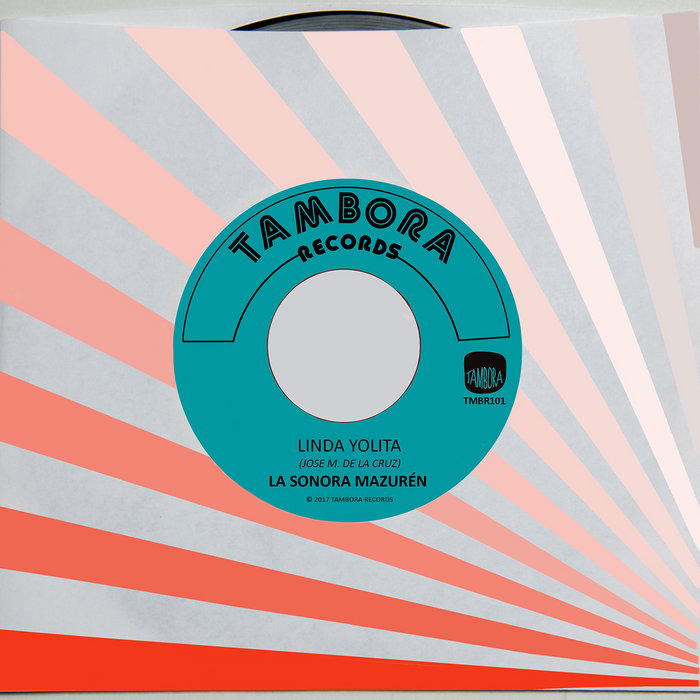
Linda Yolita – La Sonora Mazurén
this blog is GROOVY – check out great Soul, Funk, Jazz, Hip Hop, Bass, Breaks , Reggae, House n many more TUNES
Bogotá, the lively capital of Colombia, is a city where the rhythm of life dances to the sound of diverse music genres. From traditional folk tunes to modern-day urban beats, Bogotá has been a melting pot for artists and musicians who have infused this vibrant landscape with their unique sounds.
Let’s hop in our musical time machine and kick things off in the rich soil of Colombian folkloric music. It all began with traditional styles like cumbia and vallenato. These genres are deeply intertwined with indigenous, African, and Spanish influences — a sort of musical gumbo that has evolved over centuries.
Cumbia originated on the Caribbean coast but made its way up to Bogotá. It combines percussion instruments like drums (the tambora), flutes (gaita), and even maracas! Imagine a lively party where everyone just can’t help but move their hips; that’s cumbia at its best!
Funny Fact: Some say there was once an argument about whether cumbia could be danced barefoot or not. Rumor has it some folks would dive into cumbias without shoes while others insisted on keeping them on for “proper decorum.” Spoiler Alert: Most people ended up barefoot anyway!
Jumping ahead to the late 20th century! The rock scene started heating up in Bogotá during the 1960s—thanks largely to radio stations playing international hits from bands like The Beatles and Rolling Stones. Local bands sprung up faster than wildflowers after rain.
One legendary group that emerged during this time is Los Flippers—a rock band beloved by many. Their catchy songs brought joy to young Colombians as they rocked out at local venues.
Funny Fact: Los Flippers had such an infectious energy that one night during an outdoor concert, they unintentionally incited a mini stampede when fans rushed forward to get closer—but hey, nothing says “we love your music” quite like accidentally causing chaos!
By the 1970s, another wave surged through Bogotá – SALSA! Fast-paced rhythms filled dance halls as salsa orchestras dominated nightlife scenes across town. Places like “El Templo del Salsero” became go-to spots for those looking to groove until dawn.
Salsa wasn’t just about listening; it called for action! Dance schools popped up everywhere because if you couldn’t keep your feet moving smoothly across that floor? Well… let’s just say you’d likely end up stepping on someone else’s toes.
Funny Fact: There was always some “expert” who claimed he could teach anyone how to dance salsa within ten minutes flat… except he usually forgot what step came next halfway through—and well… you can imagine how many were left twirling aimlessly after lessons!
Fast forward into more recent times—the reggaeton explosion took over throughout Latin America—with artists such as J Balvin leading charge straight outta Medellín but making waves all over Bogotá too! Nightclubs pulsated with infectious beats while cranking out hits we still hum today.
The twist? Collaborations seems key here; local Medellin legends joined forces alongside international icons–think Cardi B meeting Maluma or Bad Bunny teaming up with various Colombian stars—it’s been nothing short of marvelous magic unfoldings across charts worldwide!
Funny Fact: In a twist no one saw coming—a popular Instagram meme once portrayed J Balvin hosting entire concerts using bags of chips instead singers & dancers—with hilarious captions claiming it was his most “crunchy performance ever!”
Not every musician wants mainstream fame though; underground indie talent thrives amid bustling streets bringing fresh interpretations seemingly overlooked otherwise! Bands like Monsieur Periné, whose playful fusion blends jazz rhythms seamlessly into folklore origins take listeners somewhere dreamy altogether different experience altogether stacked against commercial counterparts year-after-year unearthing gems hidden beneath surface along way – bear witness wily creativity manifesting vividly around us daily endlessly inspiring fellow creatives today down avenues previously unexplored fully embracing innovation artistry birthed right home ground atmosphere buzzing alive unique flair distinctive subcultures influencing wider landscapes endlessly seeking shape evolve new generations flash excitement bloom continuously thrive left wanting more—
So why visit Bogota? When musically gifted souls roam freely fusing originality punctuating experiences indelibly imprinted hearts minds—
And there ya go—a snapshot glimpse into history reflecting journey collective energies echo corridors texture embraces fundamentally alive ambiance beckoning each curious explorer seek discover passion reverberating every corner wide open world welcomes share stories cultivate connections forever intertwined fabric unity distinctively colorful splendid harmony remains vibrating serenely uplifting celebrate legends pave paths admirably carved legacies passed torch onward future bright shining light below radar waiting unveil brilliance await soon explore expand horizons stretch boundaries beyond familiar territories uncover extraordinary treasures hiding plain sight yearning discovered embrace wholly captivating sounds spirit essence nestled Bogotán roots thrumming rhythmic heartbeat invite join ride skip hop shake soul spirited celebration together vibes electrifying everlasting documentation page tales awaiting told expressing emotions vibrantly pulse feel free sing loudly shout HEART bounces follow melody lift spirits soar sky high DIVING HEADFIRST endless possibilities…keep groovin’ folks 🎶✨

Linda Yolita – La Sonora Mazurén
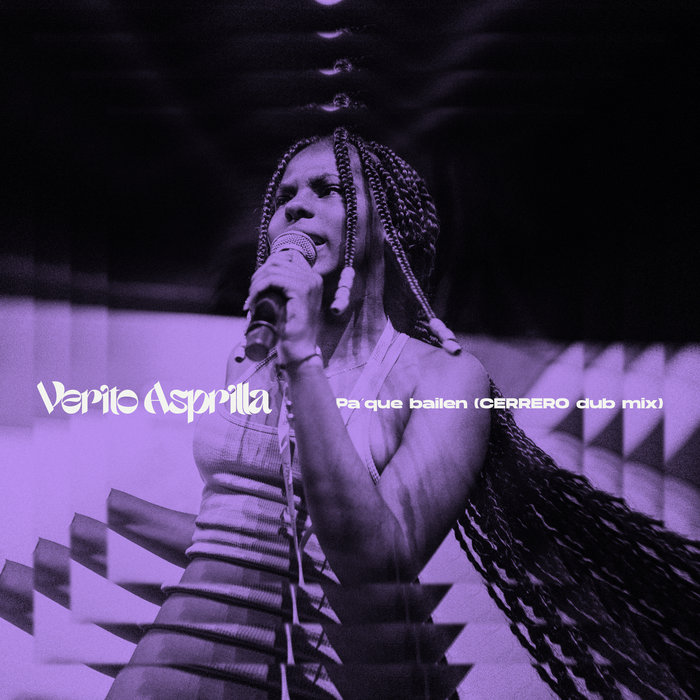
Pa que bailen (Cerrero dub mix) – Verito Asprilla, Cerrero
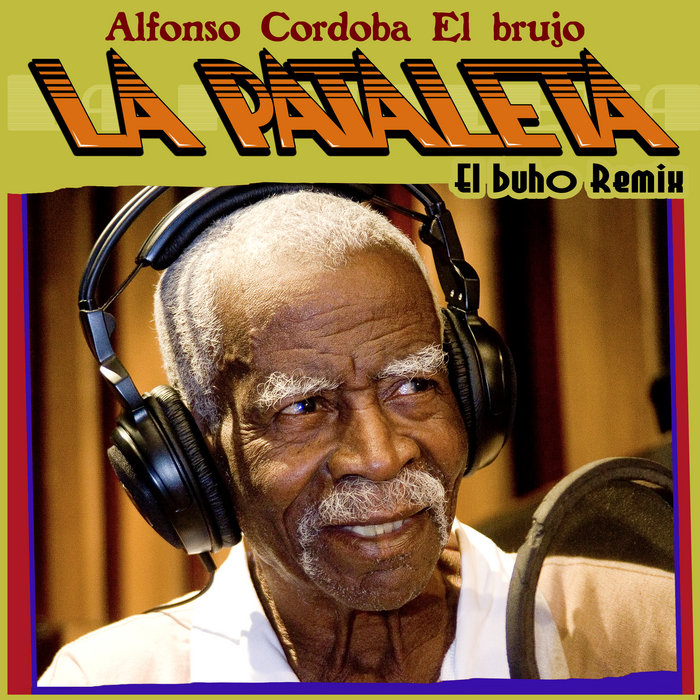
La Pataleta – Alfonso Cordoba el Brujo / remix by el Buho – Pacifico Electro
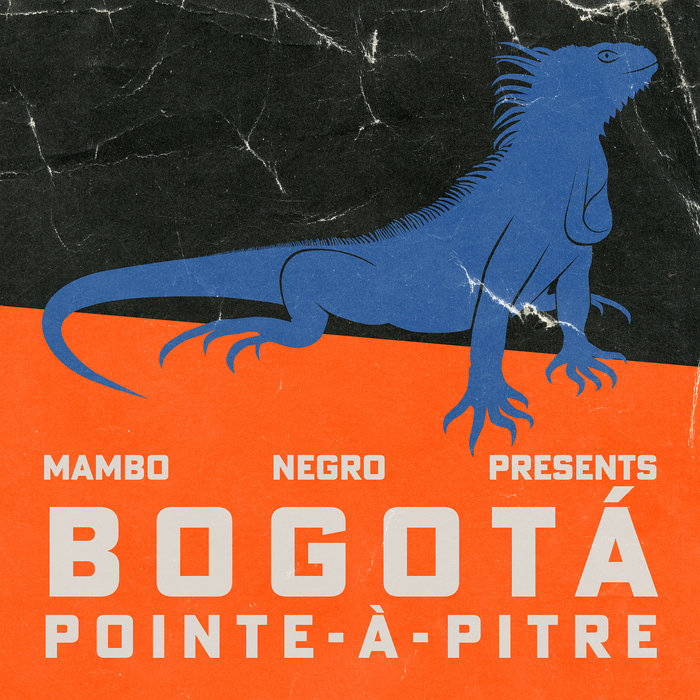
Metropol – Daniel Michel
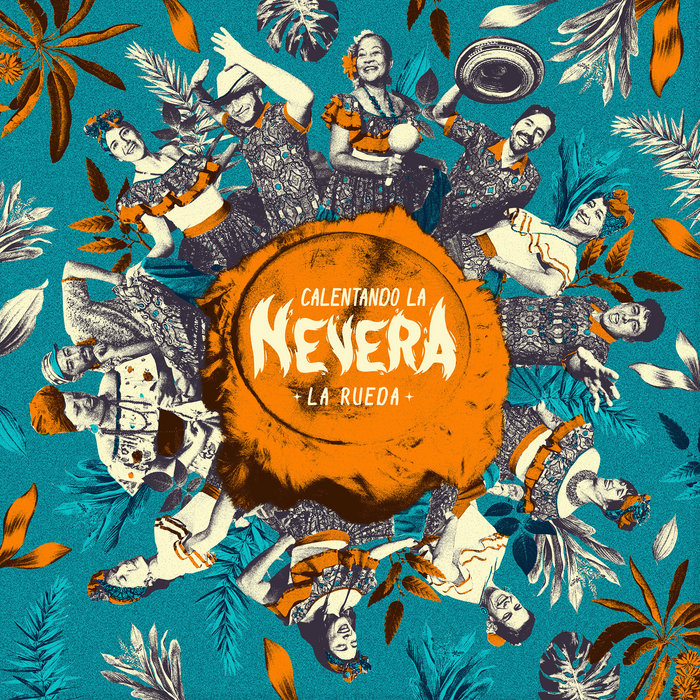
Candelilla brava – La Rueda
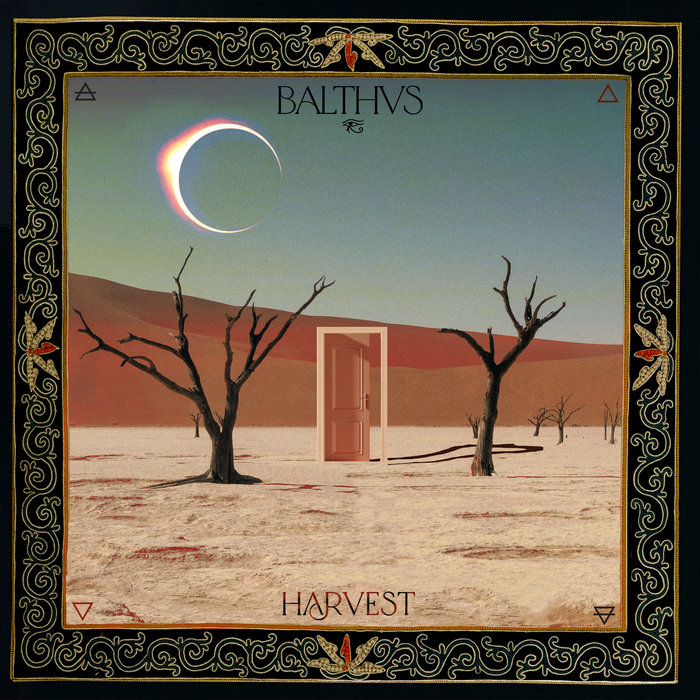
Aguacero – BALTHVS
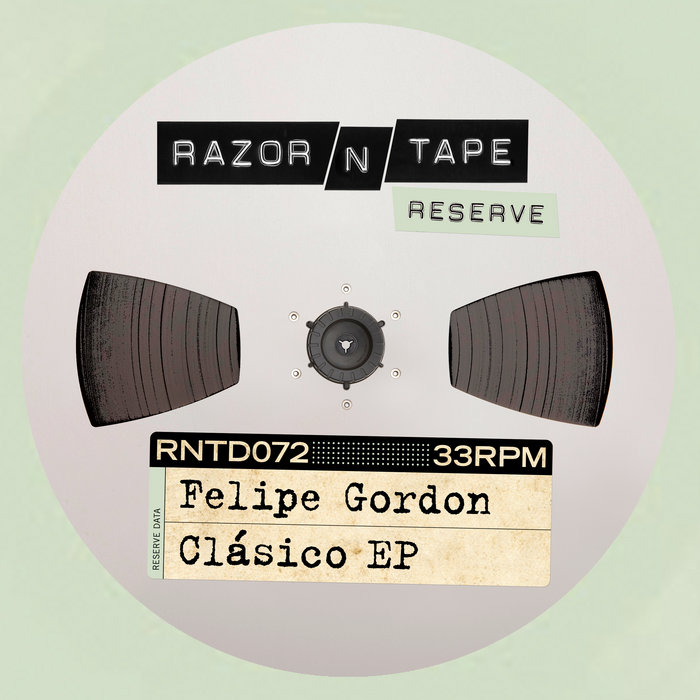
Julia y Luis – Felipe Gordon
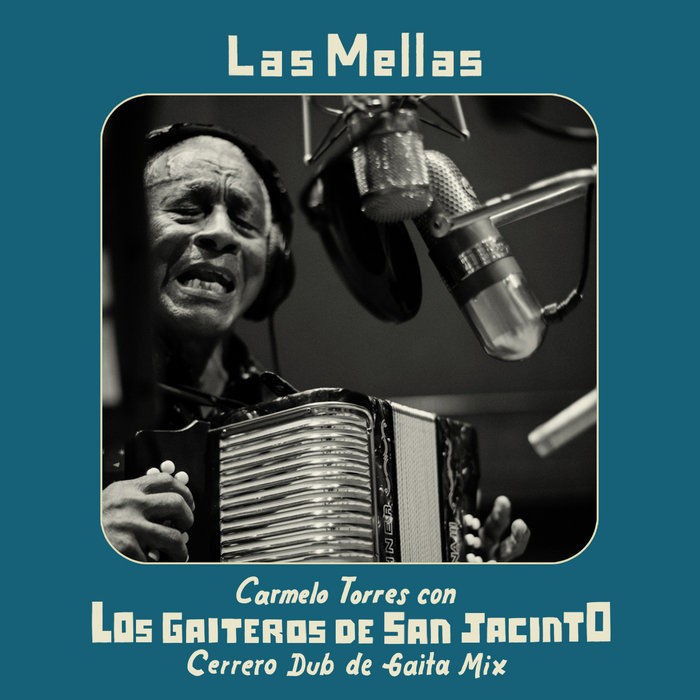
Las Mellas (Cerrero dub mix) – Los Gaiteros de San Jacinto con Carmelo Torres
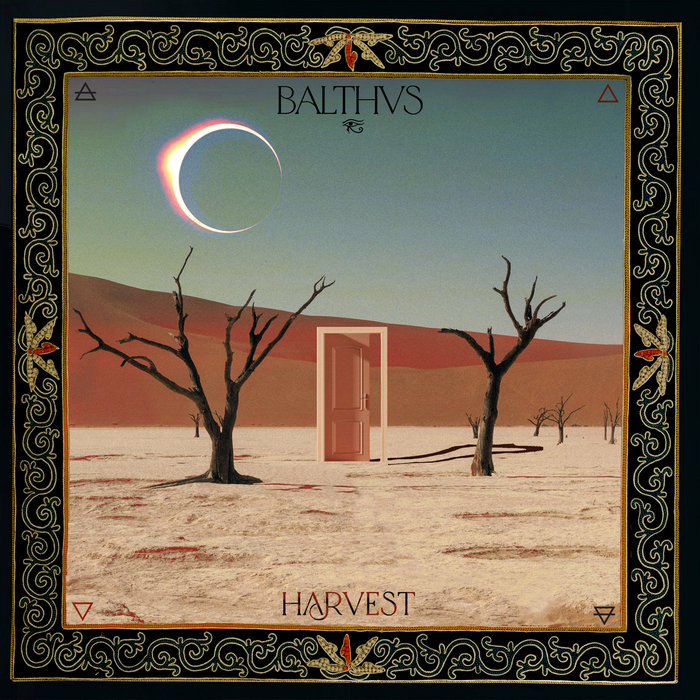
Like Coconut Water – BALTHVS
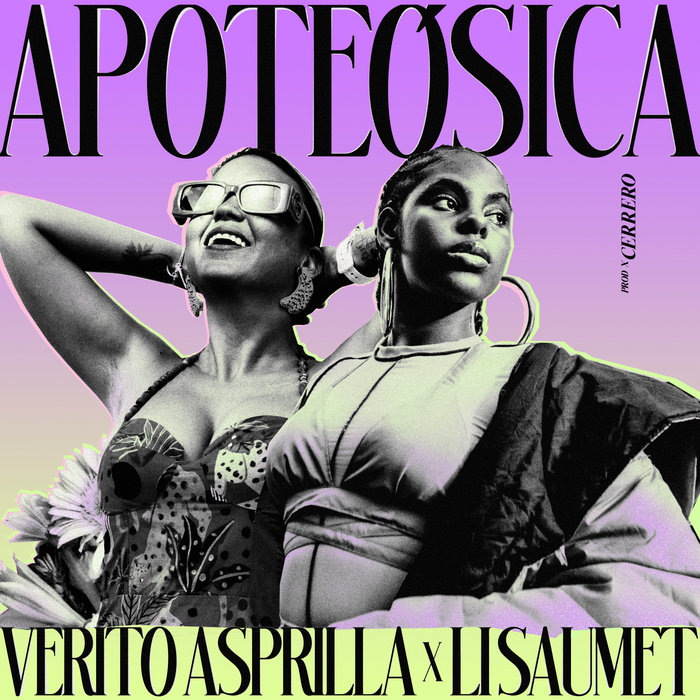
Apoteósica – Verito Asprilla X Li Saumet (Bomba Estéreo) – Verito Asprilla x Li Saumet x Cerrero